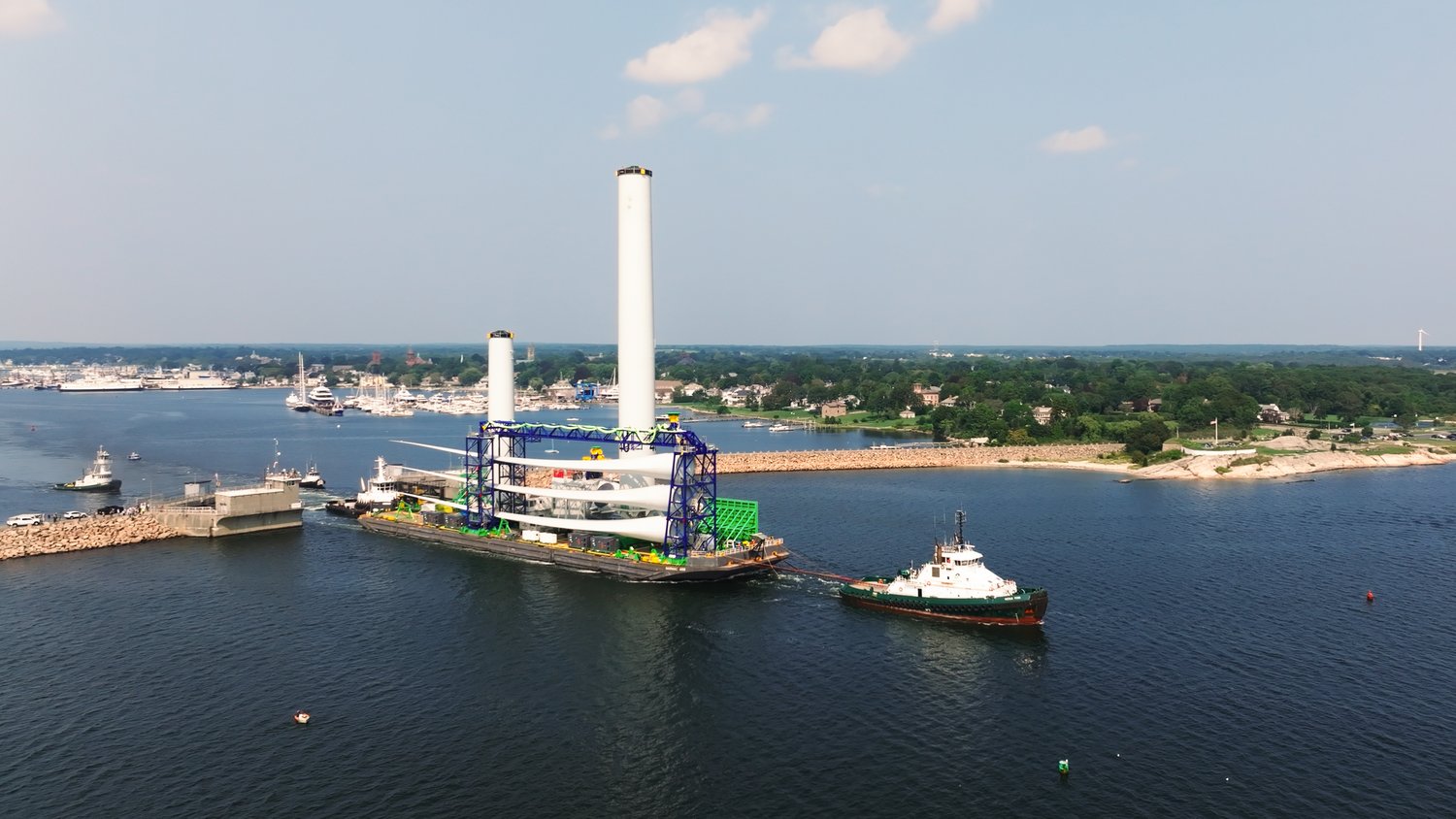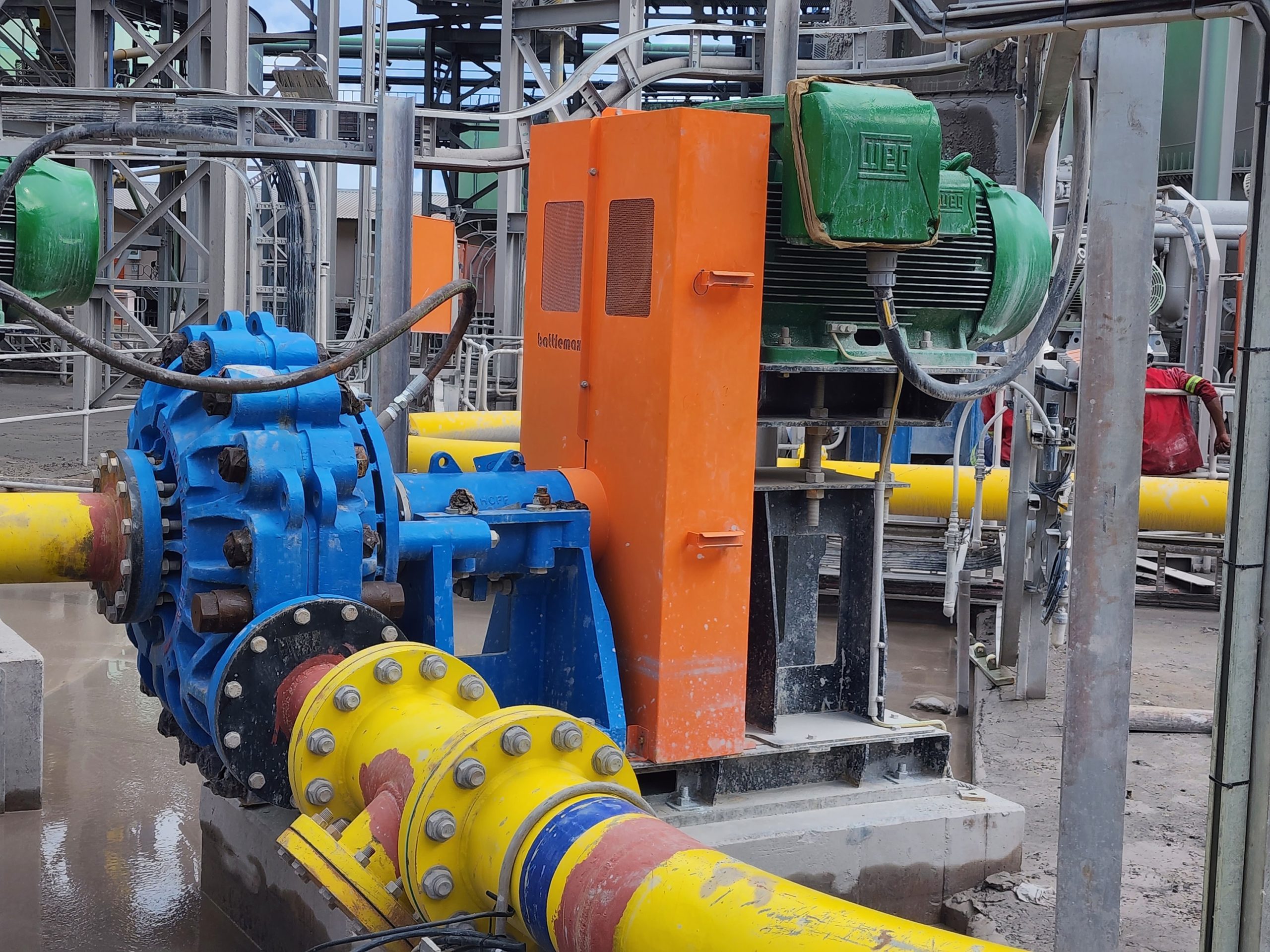We hear a lot about offshore wind installations that were halted as the economic calculus changed, rendering some of the projects unprofitable. Little, though, is being said about the forward progress with Vineyard Wind 1 off the coast of Massachusetts.
In October, the first of sixty-two 853-foot-tall GE Haliade-X Wind Turbine Generators was installed on site. Its nameplate capacity is 13 megawatts, capable of providing power to more than 6,000 homes and businesses in Massachusetts. It is a first-in-the-nation “tax equity package for commercial scale offshore wind.”
Vineyard Wind is currently building this first utility-scale offshore wind energy project over 15 miles off the coast of Massachusetts. The project will generate clean, renewable, affordable energy for over 400,000 homes and businesses across the Commonwealth, while reducing carbon emissions by over 1.6 million tons per year — the equivalent of taking 325,000 cars off the road annually.

All told, the Vineyard Wind 1 project will save customers $1.4 billion over the first 20 years of operation.
Union Workers & the Vineyard Wind 1 Project
An 806-megawatt project located 15 miles off the coast of Martha’s Vineyard and more than 30 miles off the coast of Cape Cod, Vineyard Wind 1 will create 3,600 full time equivalent (FTE) job years. From the outset of this project, Vineyard Wind recognized the importance of building and supporting a workforce of local, highly skilled, and diverse tradespeople.
In July 2021, Vineyard Wind signed the first Project Labor Agreement for an offshore wind project in the US, which outlined the creation of 500 union jobs though the project. As a part of the Project Labor Agreement, local union labor will be used both on the vessels and onshore at the New Bedford Marine Commerce Terminal. The project estimates that approximately 400 union members have worked on the project to date. Foss Maritime, a US service contractor that provides union jobs for its employees, has partnered with DEME Offshore US to design and build highly specialized US-flagged barges to transport the components to the lease area.
Vineyard Wind is a joint venture between Avangrid, Inc. and Copenhagen Infrastructure Partners. Avangrid CEO Pedro Azagra noted, “We are proud that local union labor will pioneer the installation of the massive GE turbines that will harness the winds off the shores of Massachusetts.” The collaboration with union leadership is a model of how the relatively new offshore wind industry can be a responsive member of the communities it serves, ensuring accessible and family-sustaining careers.
“It may look easy, but the safe transportation of these components miles over the open water is no small feat,” said Vineyard Wind CEO Klaus S. Moeller. “While we’ve had many firsts, once this turbine is installed, it will stand as a proud symbol of American’s energy transition. I want to thank all of our partners for their continued collaboration and look forward to celebrating the progress of our industry.”
Transporting the Components to the Offshore Substation
Vineyard Wind began offshore construction in late 2022, achieved steel-in-the-water in June, and completed the nation’s first offshore substation in July. Construction flows through the New Bedford Marine Commerce Terminal.
The plan is for GE to load the US-flagged Marmac from the New Bedford Marine Commerce Terminal with 3 vertically placed tower sections reaching more than 200 feet in height, three 321-foot-long blades, and a nacelle pod that houses the generating components. The Marmac in New Bedford, MA and Foss Prevailing Wind in Boston, both 400-feet-long, are the only two barges in existence capable of transporting in an upright position GE’s massive Haliade-X turbine components — which, when constructed, will rise more than 700 feet.

Foss is responsible for towing and feeding the components to DEME’s Sea Installer construction vessel. Sea Installer, which measures more than 430 feet in length and 150 feet wide, is a heavy-lift jack-up crane vessel that hoists itself out of the water on legs that are over 300 feet in length. Once elevated, the vessel becomes a platform where the recently upgraded crane, now capable of lifting more than 1600 tons, can install the tower sections, nacelle, and blades for each WTG.
These are the only two barges in the world capable of transporting the components. They’re fitted with a motion compensation system that stabilizes the upright towers in ocean conditions. The barges utilize a specially designed Barge Master technology that uses a patented control system and cylinders that support a platform and actively compensate the motions of the barge. The wind turbine components are fastened to the motion compensated platform for a smooth ride in ocean conditions.
“The successful assembly of the first Wind Turbine Generator represents an important project milestone and another historic first for our port,” said New Bedford Mayor Jon Mitchell. “It further demonstrates New Bedford’s capacity to support the staging of major wind projects.”
Copenhagen Infrastructure Partners and Avangrid, Inc. announced in late October that the Vineyard Wind 1 project closed a first-of-its-kind tax equity package for commercial scale offshore wind with three US-based banks. The $1.2 billion dollar investment transaction was reached with JP Morgan Chase, Bank of America, and Wells Fargo, making it the largest single asset tax equity financing and the first for a commercial scale offshore wind project.
“Closing on a tax equity package has always been a central element to achieving financial success for the first-of-its-kind Vineyard Wind 1,” said Tim Evans, partner and head of North America for CIP. “With this investment, Vineyard Wind 1 moves Massachusetts closer to its goal of reducing greenhouse gas emissions by 50% by 2030.”
Want to see the work in action? Here’s a Foss Offshore Wind video:
Final Thoughts
While some wind and other renewable energy projects are stumbling temporarily, a growing public trend toward the importance and acceptance of wind and other renewable energy sources across all regions of the US is taking place. The success of the Vineyard Wind 1 first tower installation is a significant step toward President Joe Biden’s clean energy initiatives — the Biden administration recently approved a plan to install up to 176 wind turbines off the coast of Virginia.
The Departments of the Interior and Energy released An Action Plan for Offshore Wind Transmission Development in the US Atlantic Region, a set of actions that will catalyze offshore wind energy, strengthen the domestic supply chain, and create good-paying, union jobs. It outlines immediate actions needed to connect the first generation of Atlantic offshore wind projects to the electric grid as well as longer term efforts to increase transmission over the next several decades.
The next step will be for more financial institutions to support these offshore wind endeavors for the long haul rather than in reaction to short term economic issues.



